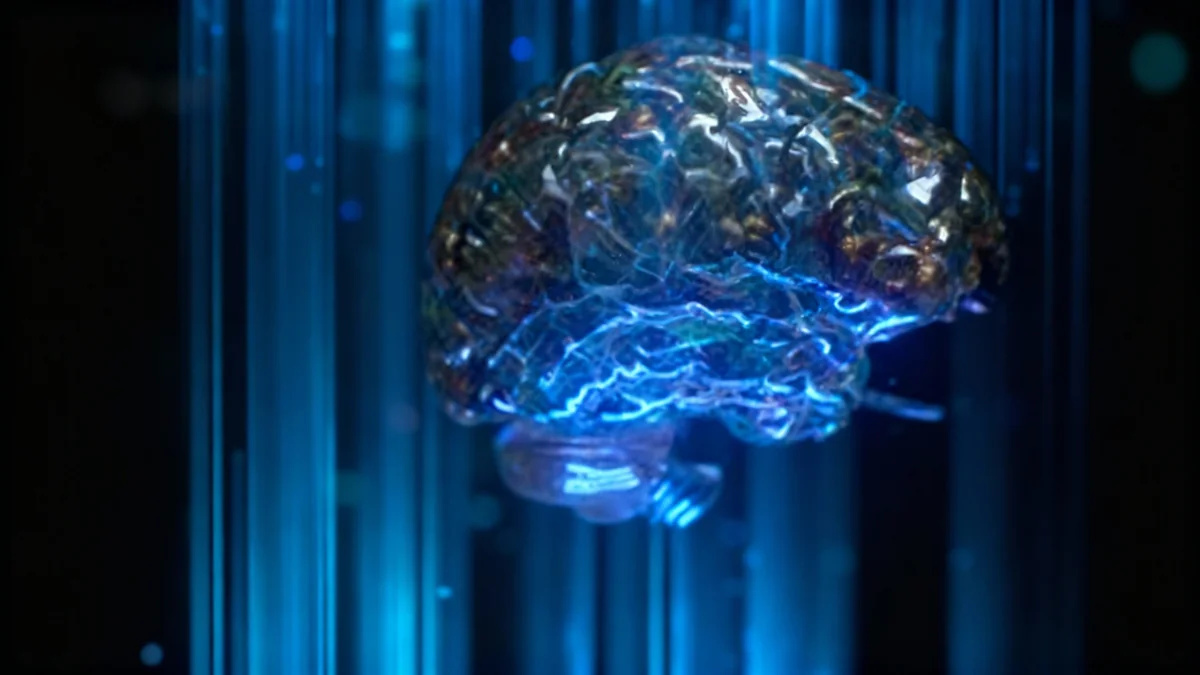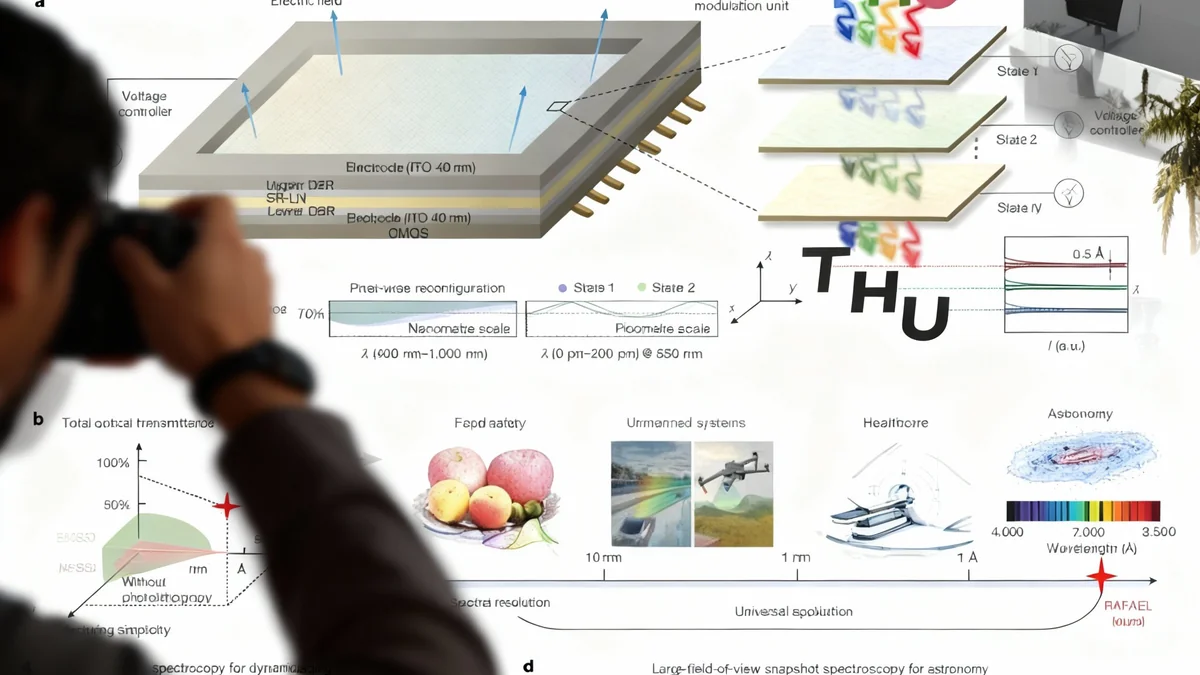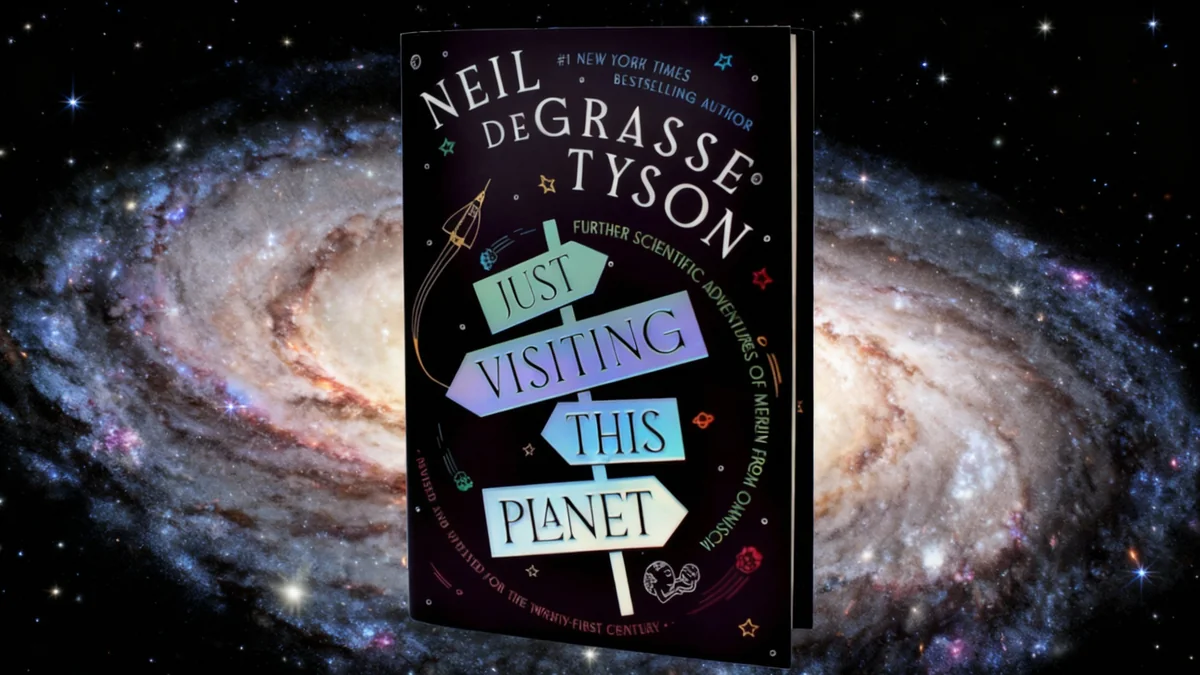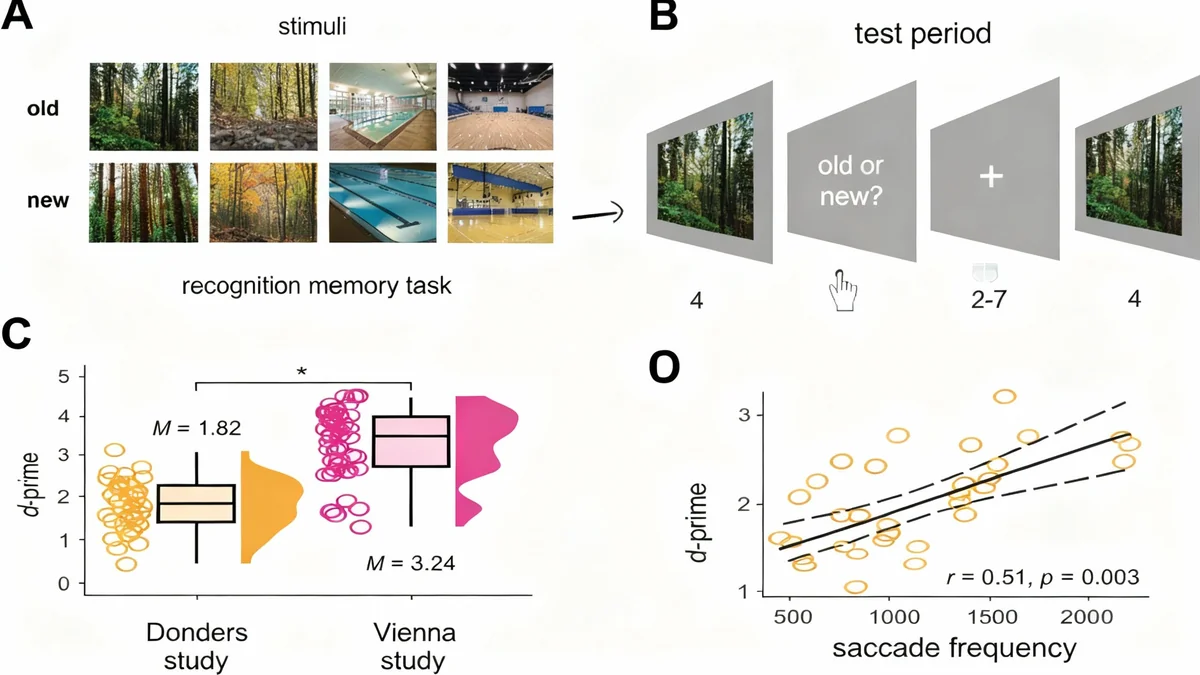For decades, the prevailing scientific view has described consciousness as the product of neurons firing in the brain, much like switches in a complex computer. Now, a growing number of scientists are exploring a different idea: that our subjective experience of self might emerge from the intricate patterns of energy waves resonating throughout the brain.
This perspective suggests that while neurons are essential, the true nature of consciousness may lie in the symphony they create, not just the individual notes they play. This shift in thinking could have profound implications for everything from mental health treatments to the development of artificial intelligence.
Key Takeaways
- A new theory proposes consciousness is not just from neurons firing, but from the interaction of energy waves in the brain.
- Some researchers suggest our conscious self could be a complex hologram formed by these overlapping waves.
- This wave-based model does not replace the role of neurons but sees them as complementary, with waves organizing neuronal signals into a unified experience.
- The concept could reshape our understanding of the mind, mental health, and even the nature of life and death.
Challenging the Computer Brain Model
The long-standing metaphor for the brain is that of a biological computer. In this model, billions of neurons act as switches, firing in sequence to process information, form memories, and generate thoughts. This view has been dominant since the 1940s and underpins much of modern neuroscience.
However, some researchers believe this model is incomplete. They argue that it fails to explain the unified, subjective feeling of being 'you'. Instead, they propose that consciousness is an emergent property of resonant fields—waves of energy that pulse, collide, and blend across the brain.
This alternative framework suggests that while neurons and their chemical signals are critical, the magic of awareness happens when these signals synchronize and resonate, creating stable, complex patterns of energy.
The Mind as a Hologram
One of the proponents of this wave-based theory is Dr. Michael Pravica, a professor of physics at the University of Nevada, Las Vegas. He argues that it may be more accurate to view humans as complex interference holograms rather than collections of particles.
What is an Interference Hologram?
In physics, an interference pattern is created when two or more waves overlap. A hologram is a recording of this pattern, which can then be used to reconstruct a three-dimensional image. Pravica applies this concept to the brain, suggesting our consciousness is the complex, unified pattern that emerges from countless overlapping brain waves.
Pravica grounds his idea in established physics. Our bodies constantly radiate infrared waves as heat, and quantum mechanics shows that every particle also has wave-like properties. "A human being looks like a collection of particles, but really, it’s all waves," Pravica states. "In some sense, we are holograms of these waves."
In his view, consciousness is the subjective experience that arises when all these waves interfere and align into a coherent, unified pattern. He even speculates that these wave functions could extend beyond our normal perception of space and time, a concept derived from interpretations of quantum physics.
Measuring the Brain's Symphony
While the holographic mind remains a theoretical concept, other researchers are trying to quantify the behavior of these brain waves. Independent researcher Michael Arnold Bruna has developed what he calls a "Complexity Index" to measure the intricacy and stability of brain wave patterns.
Using computer simulations of brain activity, Bruna's index combines several factors:
- Fractal dimensionality: How self-repeating and complex the wave patterns are.
- Gain: The strength or amplitude of the signals.
- Coherence: How well different waves align and synchronize.
- Dwell time: How long a specific stable pattern persists.
Bruna suggests that when billions of neurons pulse in rhythm, they can form stable resonances, or "standing patterns," in the brain's electrical field. He theorizes that these stable, high-complexity patterns could be the physical basis for a unified conscious experience, knitting separate sensory inputs into a single awareness.
The idea of resonance in consciousness is not entirely new. Neuroscientist György Buzsáki has long argued that brain oscillations are like a conductor in an orchestra, synchronizing activity across different brain regions to enable complex thought.
A Complementary Framework, Not a Replacement
This focus on waves and oscillations does not mean that decades of neuronal research are incorrect. Many experts see the two ideas as working together. Dr. Jennifer Perusini, a neuroscientist and CEO of Neurovation Labs, emphasizes that waves and neurons are two sides of the same coin.
"Electrical waves and neuronal firing should be seen as complementary, but not competing frameworks," explains Dr. Perusini.
She clarifies that brain rhythms like theta, gamma, and beta waves are the result of large groups of neurons firing in coordinated patterns. These oscillations play a crucial role in functions like emotional memory, attention, and fear conditioning.
According to Dr. Perusini, "these oscillatory patterns may temporally organize neuronal firing, helping distant regions synchronize activity for complex cognitive function, including, potentially, consciousness."
In this balanced view, neurons are the fundamental workers, processing raw data from our senses. The waves they generate are what organize this scattered information into the coherent, continuous stream of thought and feeling we experience as our conscious self. The old idea of the soul being "just neurons firing" may have missed the beautiful harmony they create together.





